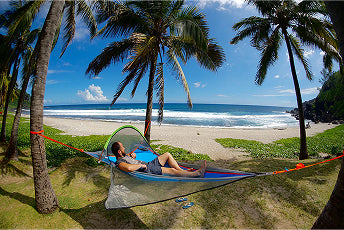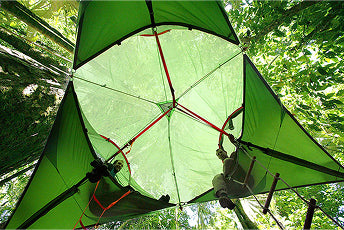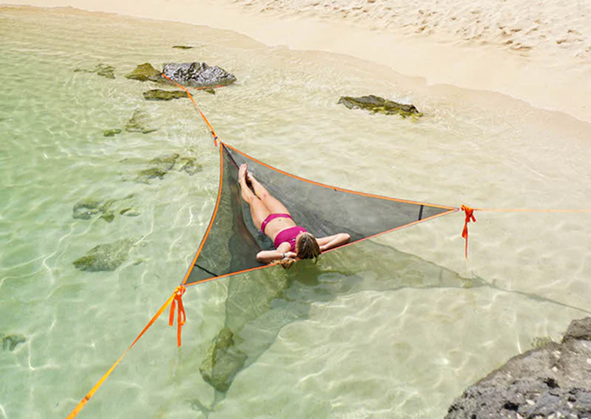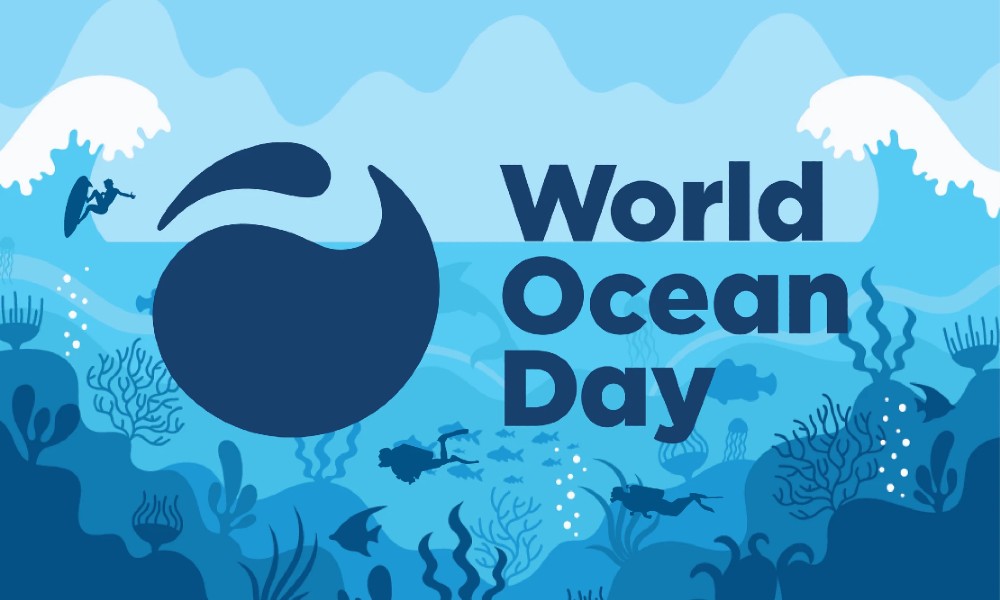World Ocean Day, now in its seventh year, is a celebration AND a call to action. Our Ocean is under attack – by us, and it needs collective action, by us, to help protect it. Corals are being threatened by global warming, sealife is being threatened with extinction, plastic waste is amassing on an epic scale, yet with a little effort, a little human intervention, we can save our ocean and the life that lives within it.
The Conservation Action Focus for World Ocean Day 2021 was to raise awareness and show support for the Global Ocean Alliance 30x30 target. The aim of 30x30 is to safeguard the health and biodiversity of the world’s ocean, and to help combat the effects of climate change by ensuring 30% of our planet’s lands, waters, and ocean are protected by 2030.
It’s 2022 and so far over 100 countries have pledged their support for the 30x30 target. BUT we need to keep the pressure on the worlds leaders to ensure they commit to changes they have promised and ensure the 30x30 pledge remains part of their critical decision making for the future of our planet.
Sign the letter to your nation's leaders to urge for change.
The Ocean Plastic Crisis
It’s clear, our Ocean needs our help. The ocean covers 70% of the world’s surface and it cannot protect itself from the damage being done by us. It is our responsibility to ensure we do everything we can to minimise the impact we have on our waterways. The ocean is part of our ecosystem which already swings in the balance.
The following 10 facts taken from earthday.org show how plastic is proving dangerous to our planet, health, wildlife and ocean:
- Every minute, two garbage trucks of plastic are dumped into our oceans. Currently, 8 million metric tons of plastic winds up in the oceans.[1] That’s enough trash to cover every foot of coastline around the world with five full trash bags of plastic.[2] The amount of plastic trash that flows into the oceans every year is expected to nearly triple by 2040 to 29 million metric tons.[3]
- Microplastics in different forms are present in almost all water systems in the world, be they streams, rivers, lakes, or oceans.[4][5][6] There is more microplastic in the ocean than there are stars in the Milky Way.[7]
- There are five massive patches of plastic in the oceans around the world. These huge concentrations of plastic debris cover large swaths of the ocean. One patch in particular, known as the “Great Pacific Garbage Patch” covers 20 million square kilometers of water.[8] That’s bigger than the combined area of the United States’ five largest states![9]
- By 2050 there will be more plastic in the oceans than there are fish (by weight).[10]
- As of 2021, were at least 363,762,732,605 pounds of plastic pollution in the world’s oceans.[11]
- Plastic has been found at 36,000 feet (approximately 11km) in the Mariana Trench, meaning not even the deepest part of the world’s oceans can escape contamination.[12]
- Over 1 million marine organisms are killed each year due to plastic pollution in the ocean. Animals who eat plastic often starve because the plastic prevents them from properly swallowing food.[13]
- The chances of disease on a coral reef are enhanced by 22-fold by plastics. In 2018, a huge survey of the 159 coral reefs across Asia-Pacific region showed that over 11.1 billion plastic particles are entangling the corals, and this number is estimated to increase dramatically by 40% by 2025. Plastic debris may also cause physical damage to the corals by exhausting the resources for the wound-healing process. Importantly, more than 7000 species of fishes, invertebrates, plants, sea turtles, birds, and marine mammals can be found in the coral reef ecosystem.[14]
- Animals are now colonizing the Great Pacific Garbage Patch, meaning that they are consuming the plastic waste and also living in previously uninhabited areas. All of these developments disrupt the natural marine ecosystem.[15]
- Many animals at the base of the food chain eat microplastics. These animals are then consumed by others that humans eat.
So, we have a lot to do to turn the tide on this man-made problem, which is now our responsibility to fix.
Tentsile's Ocean Range of Products
If you read our last blog for World Environment Day, you will have seen that as part of our ongoing commitment to developing sustainable business practices, we have banned the use of all single-use plastic. This is from the suppliers we work with, to the packaging of our products.
And, to celebrate World Ocean Day we are launching two new products which will form part of our growing Ocean range. These products have been developed using reclaimed ocean plastic, helping to turn our plastic waste into useful, camping items.
The 1-person Ocean UNA hammock tent is made from the equivalent of 128 bottles, while the Ocean Solo-Hammock has been made from the equivalent of 31 – both using reclaimed plastic from the ocean. These undyed camping hammocks use 70% less water in the production process and zero chemical dyes, making it even more sustainable for our waterways.
This may seem a drop in the ocean when compared to the 363,762,732,605 pounds of plastic pollution (and growing) currently in our ocean but it’s a positive step forward in raising awareness of the issue of plastic and how it can be recycled into lasting products.
Remember, we have…
One Ocean
One Climate
One Future – Together
#Protect30x30











